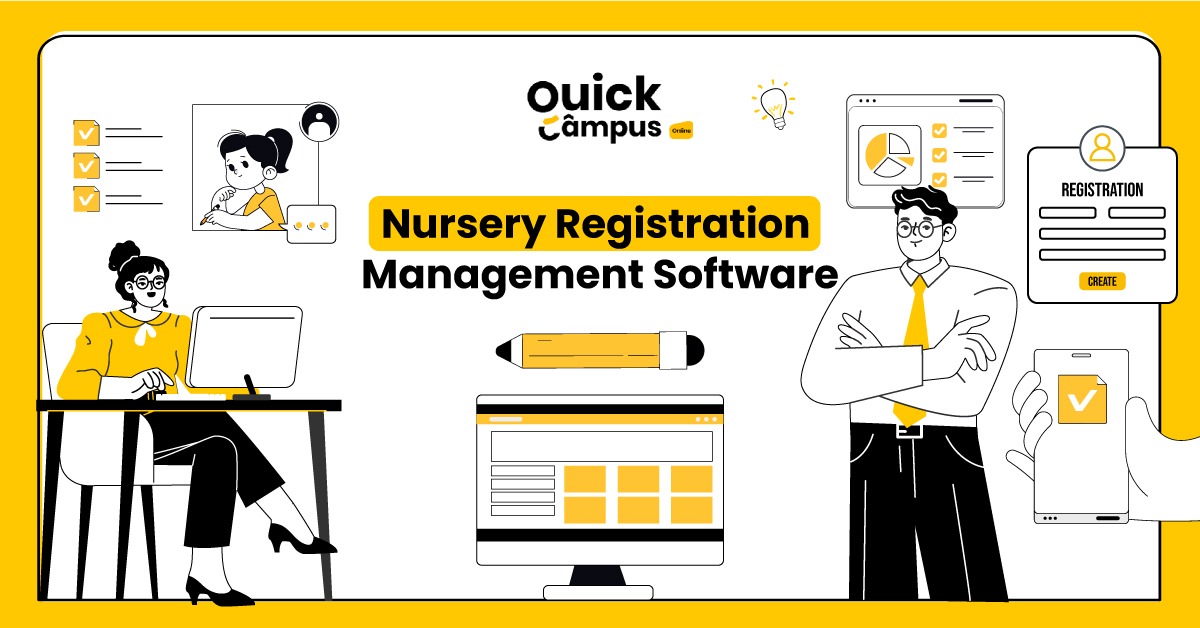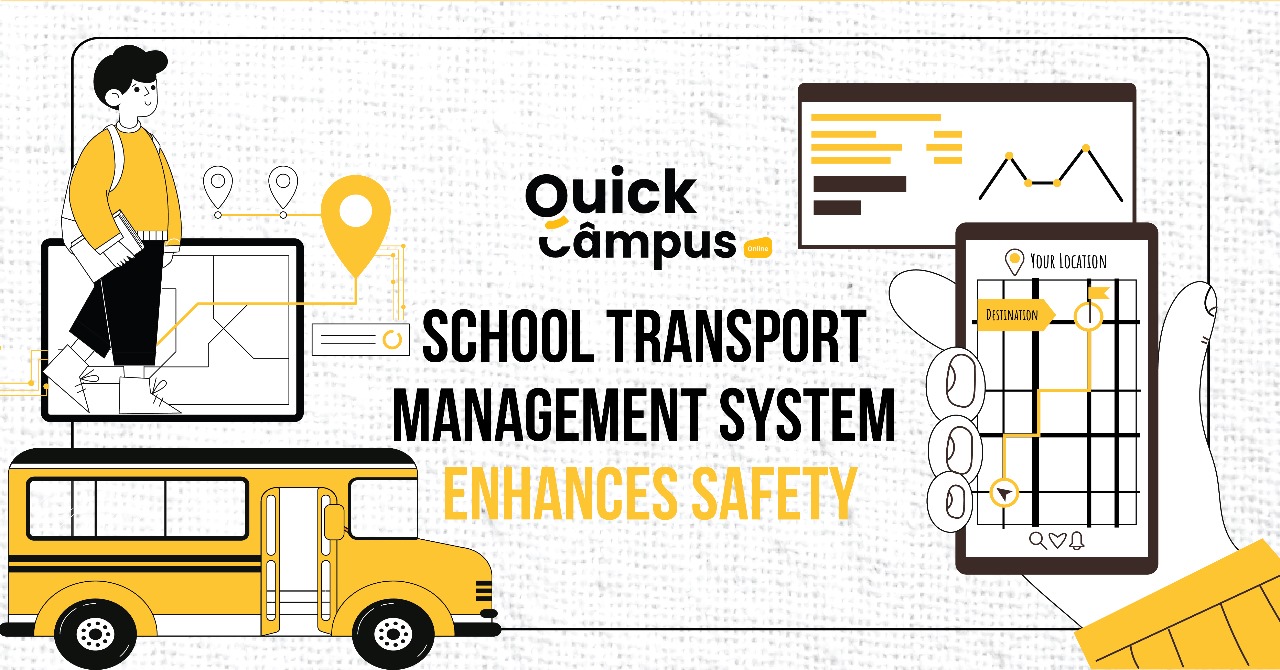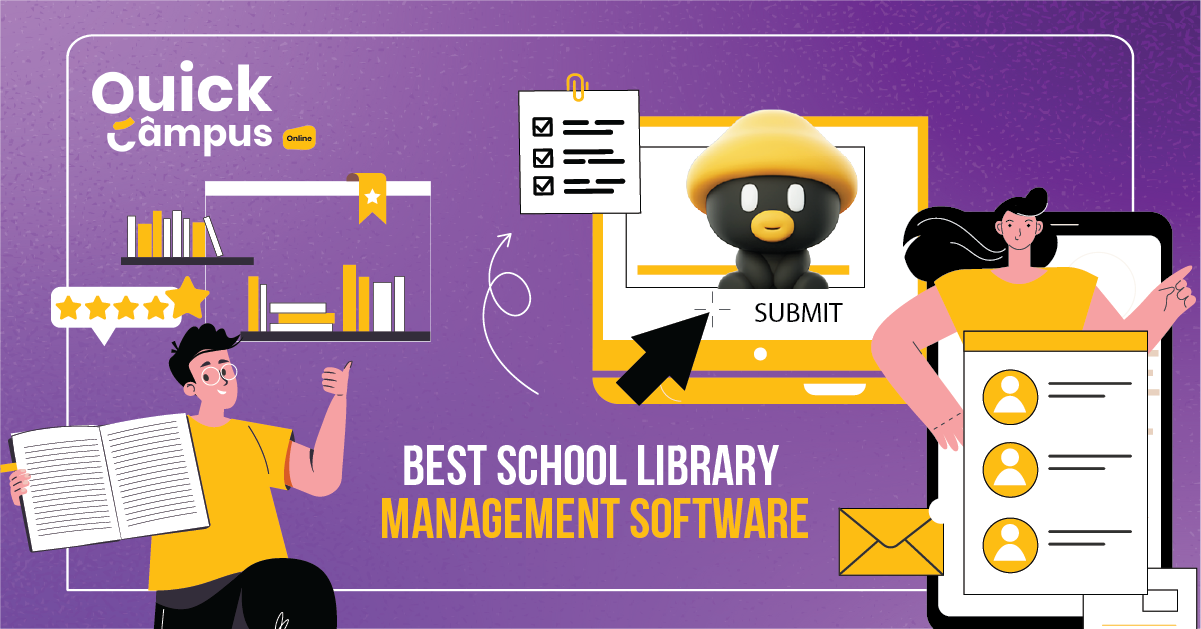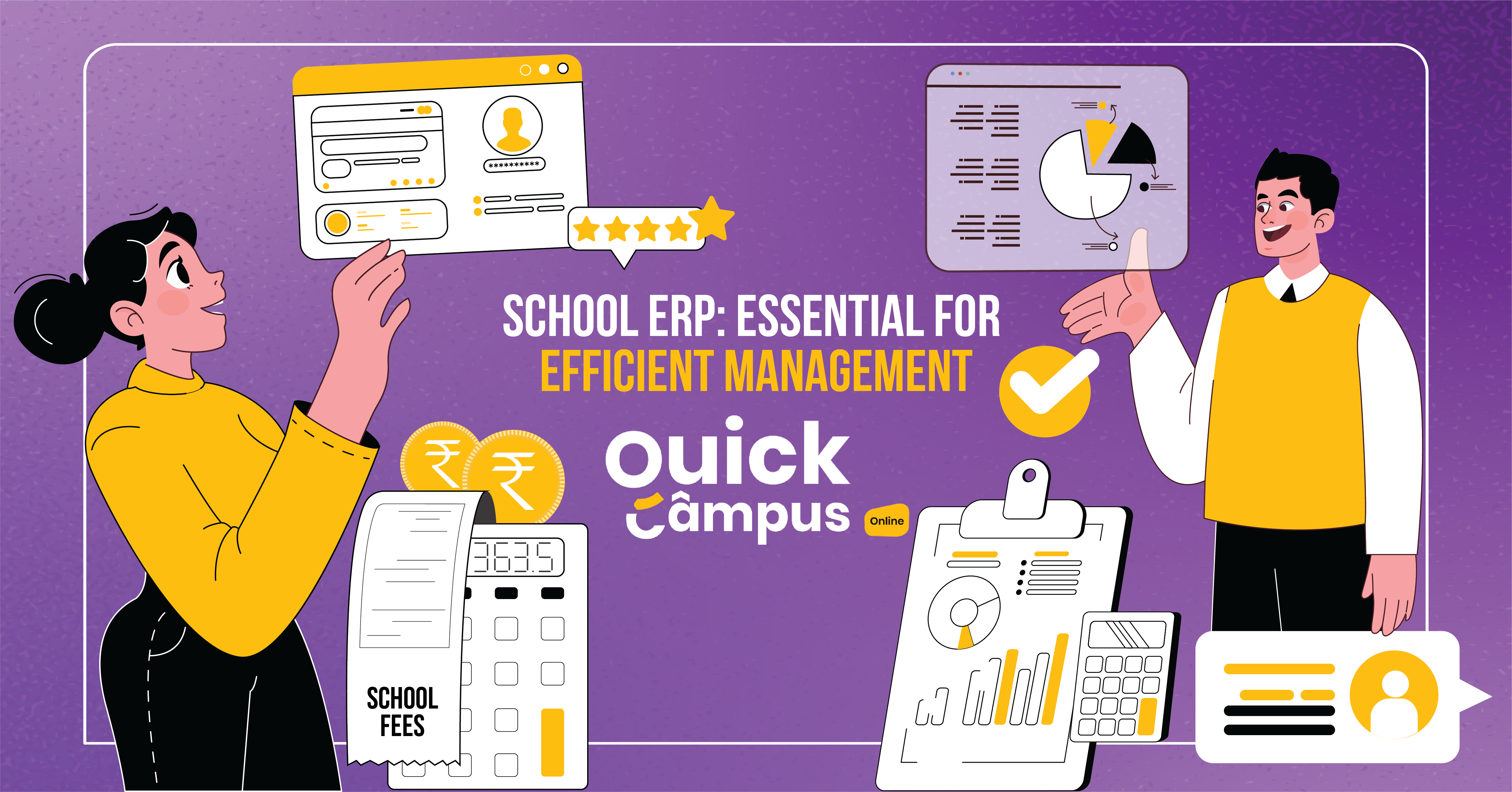Weak Students: How To Identify And Teach Weak Learners
Legend has it that even Albert Einstein faced academic challenges during his early school years. Despite struggling in traditional learning environments, Einstein’s unique brilliance and unconventional thinking eventually reshaped the world of physics.
This captivating story teaches us a crucial lesson: academic struggles don’t define a person’s potential. Just as Einstein’s genius emerged beyond conventional metrics, so too can we guide and empower weak students to uncover their distinctive strengths and capabilities.
Today, we invite you on a journey not only to recognize but actively support students facing challenges in their learning adventures. Let’s dive into the heart of identifying and nurturing weak students, crafting an inclusive environment that propels them toward success!
Identifying Weak Students: Spotting the Clues Together
Identifying weak students is very important for a teacher to make action plans and improve their performance. To find such students, teachers can spot the following clues:
1. Consistent Struggles
- Imagine a learning landscape where students navigate the challenging waters of math and science.
- Unlock the Insight: Persistent struggles across subjects become clues, guiding us to offer the tailored support needed.
2. Limited Participation
- Visualize a classroom where students occasionally hesitate to voice questions or join lively discussions.
- Uncover the Insight: Observe the level of involvement as it unravels valuable insights into potential challenges faced by weak students.
3. Incomplete Assignments
- Picture students turning in assignments with gaps, akin to unfinished masterpieces.
- Recognize the Red Flag: Patterns of incomplete work serve as beacons, signaling potential struggles with depth and comprehension.
4. Low Confidence Levels
- Envision students reluctant to share opinions and fearing the shadows of mistakes.
- Manifesting in Behavior: Lower confidence levels create ripples that impact students’ academic performance.
5. Inconsistent Attendance
- Think of students occasionally absent, navigating a labyrinth of confidence and fear.
- Decode the Pattern: Irregular attendance might be a silent indicator of deeper issues affecting our weak students.
Types Of Weak Students
Before taking a remedial action, it is necessary for a teacher to first understand the reason why a student is academically weak. There are various reasons that leads to academically weak students. These are:
- Lacks motivation: These students don’t seem interested in learning and don’t put in much effort. They may be unengaged in class, don’t complete assignments, and don’t study outside of class.
- Poor time management: Students who procrastinate, don’t manage their workload well, and have poor organization struggle to keep up. They may miss deadlines or be unprepared.
- Poor study skills: Students who haven’t learned how to effectively read textbooks, take notes, prepare for exams, etc. will have a hard time grasping the material.
- Low aptitude: Some students genuinely find academics more difficult due to lower innate ability in a subject area. They may need more time and effort to understand concepts.
- Health issues: Medical, psychological, or learning disabilities can make academics more challenging for some students. These issues may affect focus, energy, or cognitive abilities.
- Outside responsibilities: Things like jobs, family duties, etc. can make it hard for students to dedicate enough time to schoolwork. These distractions can result in poor performance.
- Lack of prerequisites: Students who move to more advanced material without having mastered basics often struggle. Knowledge gaps lead to a weak understanding of new concepts.
So, these are the major reasons, why a student gets academically weak.
Strategies for Teaching Weak Students: An Interactive Empowerment Experience
To improve the performance of weak learners, a good teacher action plan for weak students is required. Below, are some remedial strategies for weak students that a teacher can incorporate to improve the student’s performance:
1. Personalized Learning Plans
- Witness the transformation of learners thriving under a tailored learning approach sculpted to their unique styles.
- Key to Success: Dive into individual needs, creating a personalized and effective learning journey. Also, weak students can be provided with digital textbooks for personalized learning so that they can learn at their own pace.
2. Encourage a Growth Mindset
- Join students’ journeys, where effort and learning from mistakes are celebrated as stepping stones.
- Cultivate the mindset: Emphasize the power of growth by embracing mistakes as opportunities for learning.
3. Use Varied Teaching Approaches
- Engage students with a vibrant mix of visual aids, simulation training, hands-on activities, and lively discussions.
- Diversify Strategies: Cater to diverse learning preferences, making education more engaging and accessible.
4. Provide Additional Support
- Witness success stories shaped by one-on-one tutoring and the empowering presence of peer mentoring.
- Targeted Assistance: Identify areas needing extra help, providing support that aligns with individual challenges. Such students can also be encouraged to participate in collaborative learning activities to improve their thinking capabilities.
5. Foster a Positive Student Learning Environment
- Picture learners thriving in a collaborative, flipped classroom, where each student is a valued contributor.
- Cultivate the Atmosphere: Create a positive environment, boosting confidence and fostering a sense of belonging.
6. Regular Feedback and Assessment
- Maintain student profile, track progress through continuous feedback and assessments, guiding weak students toward academic success.
- Navigate Progress: Constructive feedback becomes a compass, steering weak learners towards areas of improvement.
7. Utilize Technology
-
- Observe students embracing learning through interactive educational apps and educational games, turning challenges into adventures.
- Tech-Infused Learning: Incorporate technology to make complex concepts more accessible and enjoyable.
So, these are some of the top remedial teaching strategies for weak students that a teacher can implement to improve their performance.
Conclusion
The journey of identifying and supporting weak learners is a collaborative expedition involving educators, parents, and the students themselves.
Schools can also contribute to this journey by maintaining special profiles for such students separately using school management software. By recognizing the signs and implementing targeted strategies, we co-create a more inclusive educational environment that empowers every learner to unfold their full potential.
It’s high time we understand and nurture the unique strengths within each student, fostering a vibrant community of growth and success.












